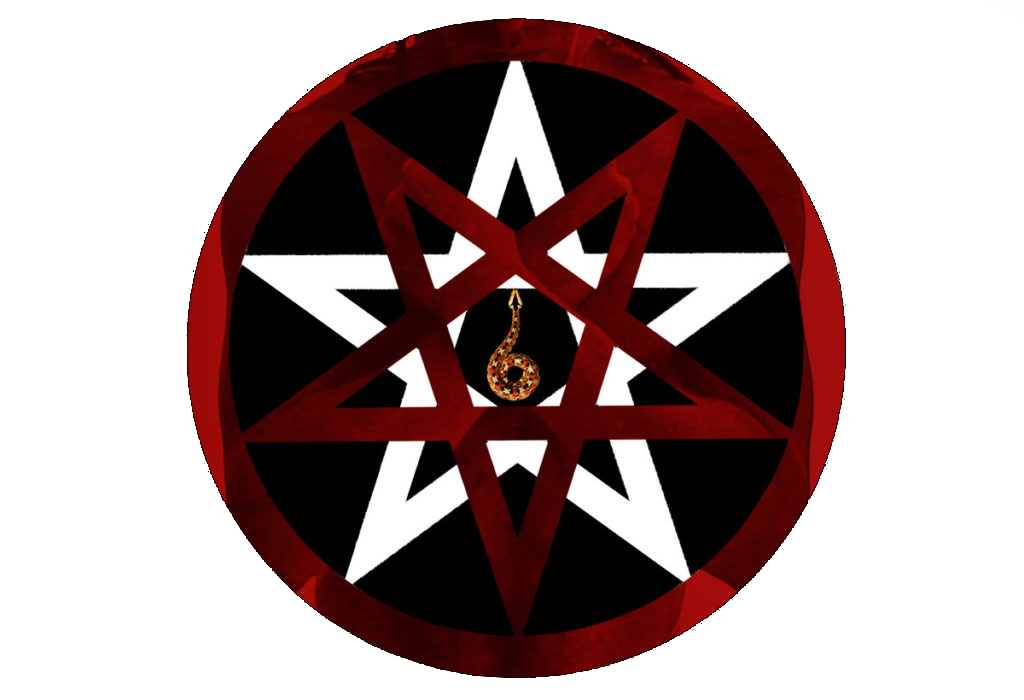
The Dionysus Group are pro-LGBTQIA rights and values, as well as sex positive feminism. Like many activists and groups working for sexual freedom we oppose Radical Feminism and religious conservatism. We believe these ideologies are harming the lives of trans people, sex workers, BDSM practitioners, those creating sexual imagery, right through to those simply exploring their sexuality. In this article I address some of the common misguided views expressed by Radical Feminists and conservatives.
“BDSM is violence”
BDSM, and specifically various forms of impact play are erotic acts that many millions of people enjoy and gain pleasure from across the world and have done for centuries. As with claims of abuse and oppression, within the context of consensual desires, the use of such words is simply emotive and incorrect. Violence is non-consensual and malicious, with the aim of causing damage by aggressively attacking another person, not the enjoyment of sensations with desire and erotic intention given from one partner to the other. BDSM does not aim to harm or violate, and it is based upon safety, trust, consent, and above all desire and pleasure. The difference between legal and socially acceptable sex, and the abusive sexual acts we call rape or sexual assault, is informed consent. The difference between BDSM, and abusive behaviour, is also informed consent, plus a whole range of other precautions, pleasures and positive psychological aspects not present in standard forms of sexual interaction.
Many aspects of BDSM are based upon fictional roles, or fictional power play, such as consensual non-consent for example. Therefore while something may appear aggressive or even criminal, it does not follow that it is. Some of our greatest works of art have used fictional roles, involving the ‘appearance’ of violence to explore an issue. To claim that these plays or works of art are wrong would be just as misguided and short-sighted as saying sadomasochistic play is wrong. Everything depends on context and its wider meaning. Take the documentary Earthlings, it contains vile abuse and violence towards non-human animals with the intention of informing people about speciesism. I was deeply saddened by the real abuse depicted in that film, but I know the difference between real abuse, and play. I still enjoy the tragedies of William Shakespeare, even though they contain fictional violence in the form of role-play. Should I proclaim an intense scene of violence in a play, film, or sport to be actual abuse and wrong? Most reasonable people can see a stark line between real acts of violence and actions for pleasure, or real crime, and role play.
“BDSM spreads an ideology of oppression across society”
This clearly very serious view is one that has been repeated to me on many occasions, and is particularly troubling as it fails to appreciate the importance of knowing what real oppression is. To equate BDSM with oppression is utterly false, and demonstrates little understanding of what the word means. Someone role playing and/or giving/receiving sensation with a consenting partner for fun, sexual expression, love, or psychological exploration, cannot ever be called “prolonged cruel or unjust treatment”, the meaning of the word oppression. To use emotive and imprecise language only demeans the seriousness and importance of such a concept, and reveals prejudice, not social awareness, and/or feminism.
“BDSM is not instinctual but rational, and like any rational belief or practice, it can be quit”
Many anti-BDSM campaigners echo the anti-gay movement in their claim that something like sadomasochism is a choice and can therefore be stopped. To explore this more deeply we need to understand that there are two levels to any BDSM dynamic, the first is the person’s core alignment, for example masochist, fetishist, or sub, etc. This core level is what a person identifies with on a fundamental level, and most would say it is intrinsic to their identity. The second level is the expression of that core sexuality or identity through the use of paraphernalia, or a desire to experience a particular kind of role play. I would argue that the first level, the core aspect of a person is not a choice or something someone can simply discard.
The second part of the statement above implies that it would be a positive thing to stop expressing one’s desires with your partner(s), because of the belief that harm arises from BDSM. Firstly, there are many practices within BDSM, and millions of people worldwide in many different cultures exploring their particular expression of it. The vast majority of those people gain huge pleasure, acceptance, freedom, spirituality, and fulfilment in these practices. In fact there are several scientific studies showing higher levels of well-being in some practitioners of BDSM. There is little to no evidence of harm beyond what would be expected in any area of life. There will always be those who go too far, but this is in no way representative of BDSM as it is practised as a whole.
“BDSM practitioners cannot claim minority group status”
Any individual who can be discriminated against by the social majority on the basis of sexuality rather than an individual’s identity or social contributions can be viewed as a member of a sexual minority group. Members of the BDSM community have suffered the loss of jobs, family ties, social standing, and even been imprisoned for consensual practices between adults. Many within the community are still forced to hide their identifies for fear of discrimination. As is often the case, those who deny BDSM practitioners minority status do so from a position of wishing to undermine or justify prejudice, or to perpetuate the false notion that BDSM is part of a patriarchal system.
“BDSM is about manipulation and inequality”
No one should feel manipulated or coerced to do anything, and that is something I and everyone I know in the BDSM community is totally against. There are many many forms of BDSM, and it is important to remember that the roles people take are not really inequal. The dominant partner, if there is one, is simply taking that position to allow a “scene” to take place. The two people have equal rights and awareness of what they are doing outside of that erotic scenario, and anyone involved in a scene can stop the scene at any time for any reason, usually using a safe-word. It should also be remembered that if someone does not like the idea of a dominant partner there are many equal forms of BDSM as well, Top/Bottom dynamics for example often simply work on a giver and receiver basis, there is no submission. In fact this is also true of many sadomasochists, who enjoy the sensations associated with pain, but may not be submissive in any way. Even those who practice D/s can ‘switch’ roles, which highlights it is about the experience of being taken somewhere by someone else. I see fewer problems associated with manipulation and inequality in the informed and educated BDSM community than within popular culture, fashion, nightclubs and bars.
“BDSM is unspiritual”
Spirituality is complex. Although some essential ideas of positive or benevolent attitudes are common, spirituality takes many forms across the world. In many cultures practices that can be closely aligned to BDSM, at least in form, are common. Christian flagellation practice by groups including nuns, involves hand made whips (disciplines) and sharpened metal crosses and garters (cilices) pressed into their flesh; Shia Muslims mark Ashura by whipping themselves with chained whips fashioned with multiple knives on the ends; or the Native American Okipa ceremony involving hooked suspension, that has now been adopted by many BDSM practitioners via the work of body artist and spiritual practitioner Fakir Musafar. I could go on with examples of pain, and/or things that could be seen as violent/harmful if removed from their spiritual context. In the book Sacred Pain: Hurting the Body for the Sake of the Soul, the author Ariel Glucklich argues that pain has historically been intrinsic to spirituality. In fact it is only since the advent of anaesthesia that pain has started to be seen as something undesirable within spiritual and wider social contexts. Contemporary BDSM practitioners with a focus on the spiritual aspects of their sexuality would include Dossie Easton, author of Radical Ecstasy, and Lee Harrington, author of Sacred Kink: The Eightfold Paths of BDSM and Beyond.
“Consent is not enough it’s still abuse”
In some ways there is some truth to the idea of ‘consent’ not being enough in my opinion. Many will focus on the word consent rather than the notion of active desire and participation. My focus in BDSM has always been on activities with someone who not only consents, but actively wants and seeks out the things I do to them. Maybe consent should be blended with the word ‘con(cupiscence)sent’. I think the focus should be on this side of the dynamic in BDSM, as it is the case in most relationships I know of. Consent alone has always sounded somewhat one sided to me, especially when I consider the way many radical feminists will misunderstand its real meaning in BDSM.


Comments are closed.